Wolves have roamed this Earth long before humans began recording their fears and fascinations on cave walls. As apex predators, these magnificent animals captivate with their strength and beauty, and evoke primal fear due to their fierce reputation. But what happens when you come across a wolf in its natural habitat? To answer this question, we delve into their global presence, explore historical and modern-day encounters, and discuss essential guidelines for human-wolf interactions.
The Global Presence of Wolves
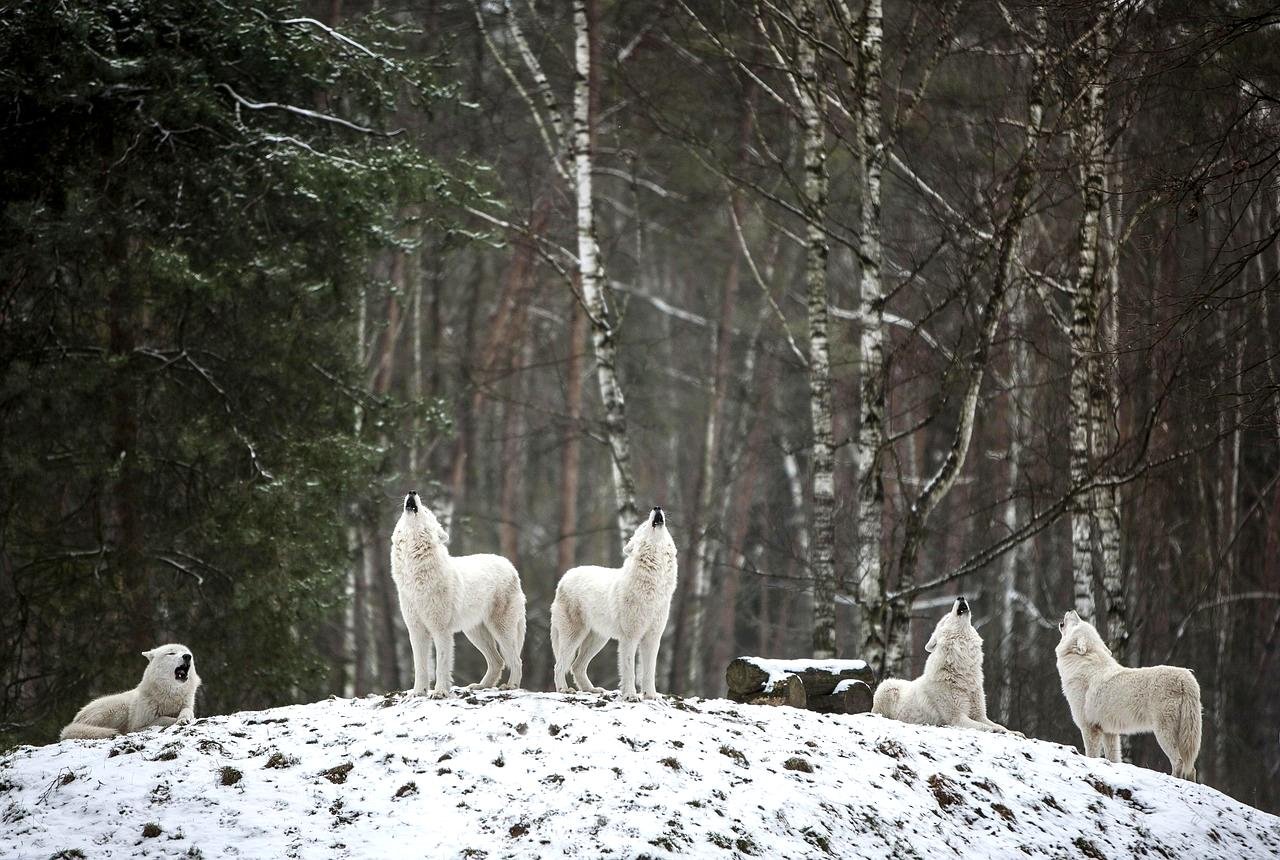
The haunting howl of wolves echoes through forests from North America to Asia and Europe. Their global distribution makes them one of the most widespread land mammals on the planet. From the icy tundras of Canada to the sun-drenched hills of Italy, wolves adapt to a variety of habitats. The Eurasian wolf has notably regained ground in Europe due to conservation efforts. Germany, for example, has seen a notable increase in its wolf population, reporting around 184 wolf packs, 47 pairs, and 22 lone wolves. This data reflects the success of protective legislations. Despite their wide range, wolves continue to be elusive creatures, lurking in the shadows of our peripheries.
Historical Context of Human-Wolf Interactions
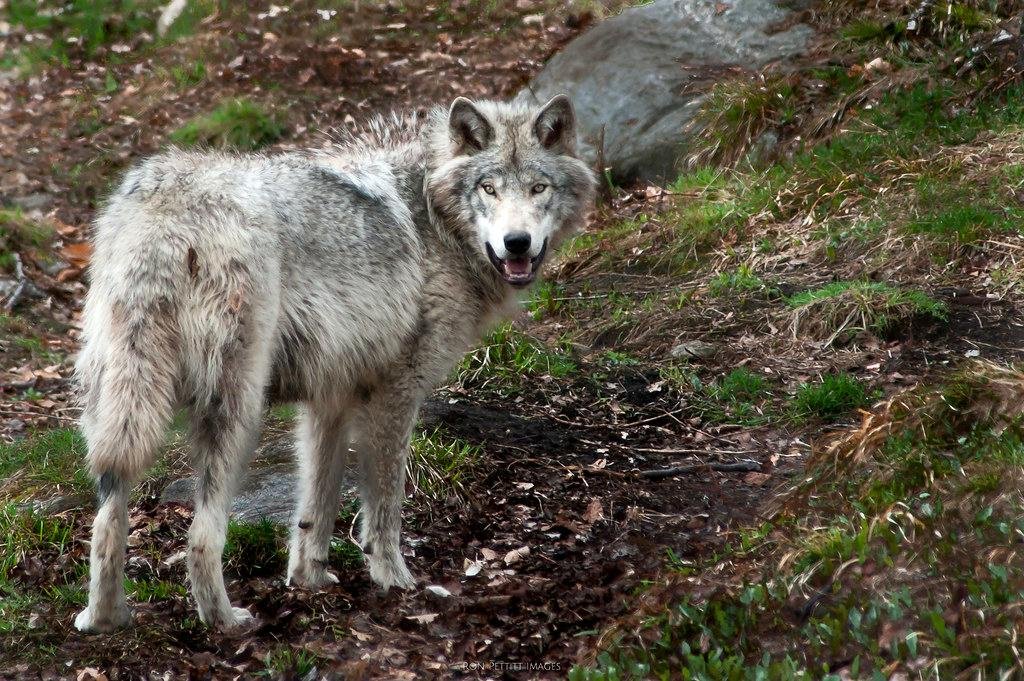
Throughout history, wolves have been portrayed as villains in folklore and stories across cultures. Often, legends accentuate their fearsome image, depicting them as relentless hunters of humans—a portrayal that does not align with reality. Historical records, however, show that attacks on humans are quite rare. Studies reveal that between 2002 and 2020, the majority of incidents involving humans were due to rabid wolves. This clarifies that wolves, in general health, pose minimal threat to human lives. These historical misunderstandings have often led to the unjustified persecution of wolves, prompting the need for more informed perspectives.
Modern-Day Encounters: Case Studies
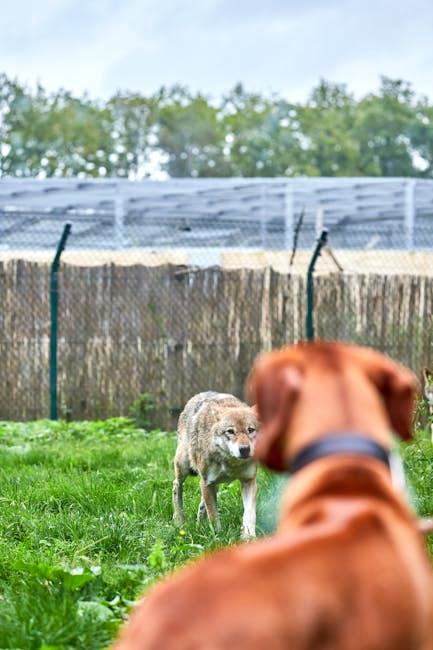
In today’s world, as we encroach further into wilderness terrains, encounters with wolves are becoming less of a rarity. Consider the Netherlands, which faced an unusual string of wolf encounters that elevated public concern and debate. Similarly, in California’s Lassen Volcanic National Park, the reappearance of gray wolves after nearly a century incited both awe and anxiety among hikers. Such contemporary instances underscore the importance of education and preparedness when venturing into wolf territories. These interactions not only challenge our perceptions but also inspire anticipation of what the future holds for human and wolf coexistence.
Understanding Wolf Behavior
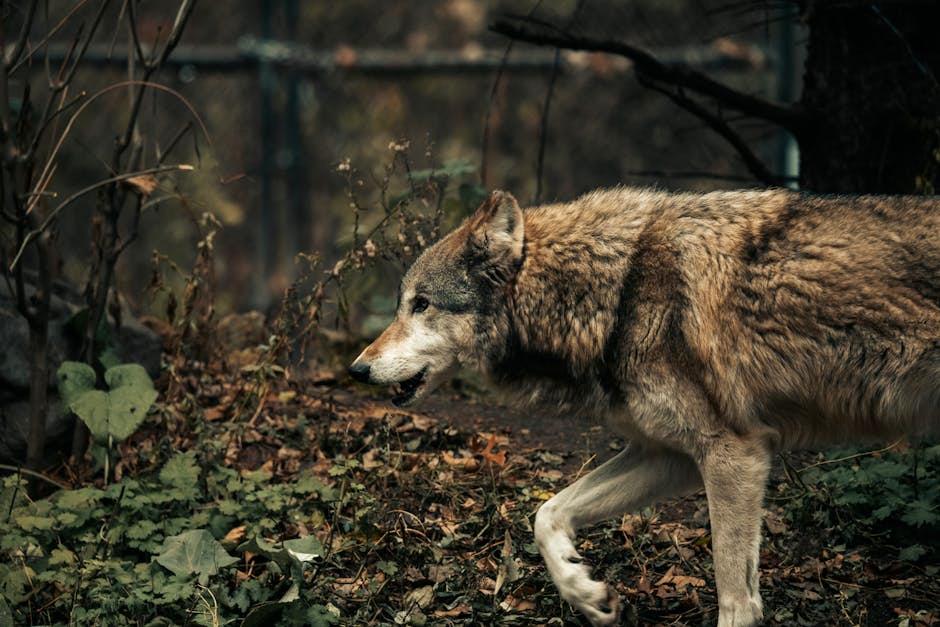
Wolves are intrinsically cautious, and their social structure is one of absolute complexity. Living in packs allows them strong communication networks and efficient hunting strategies. As primarily carnivorous animals, their diet consists chiefly of deer and elk. Yet, when food becomes scarce, they may turn to livestock as an alternative, leading to human-wolf conflicts. Attacks on humans, however, are extremely rare and typically involve wolves that are insecure or threatened. With this knowledge, we can begin to appreciate not only their role within ecosystems but also their striking loyalty and intelligence.
Safety Measures During Wolf Encounters
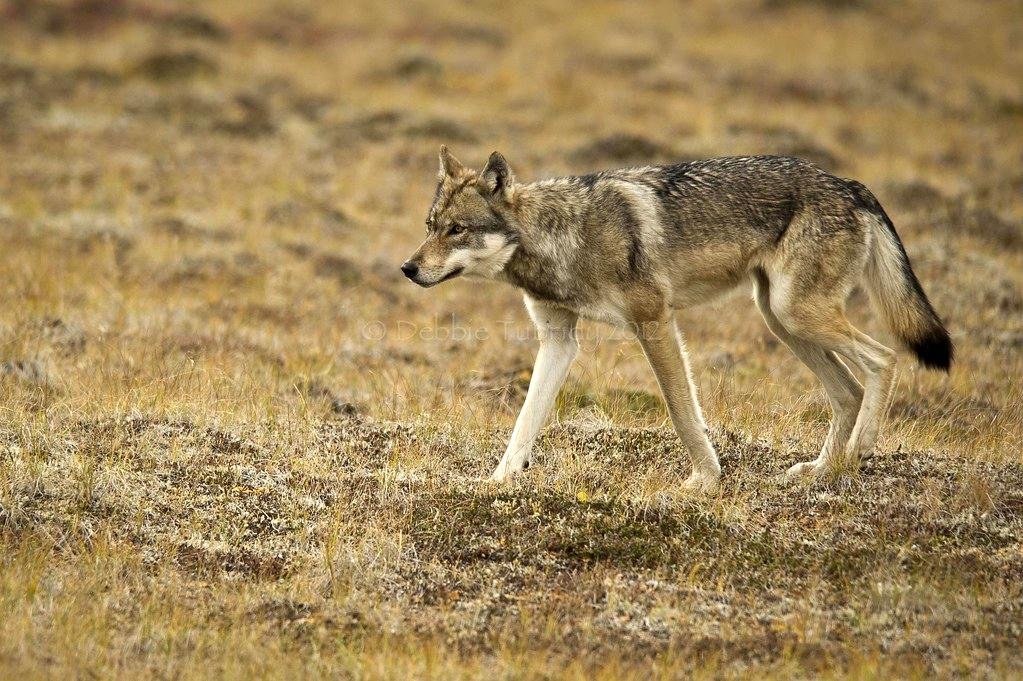
Encountering a wolf may feel akin to coming face to face with the wild itself. But fear not—by adhering to some basic principles, you can safely navigate such exciting situations. Key to surviving these encounters is remaining composed. Avoid fleeing, as it may prompt a chase. Instead, stand tall, wave your arms, make noise, and slowly retreat without turning your back. Eye contact should be gentle, as an acute stare can be perceived as aggressive. Carry deterrents like bear spray in areas known for wolf activity. Such preparedness ensures that both you and the wolf remain unharmed—the ultimate goal of cohabitation.
Preventing Conflicts: Livestock Protection
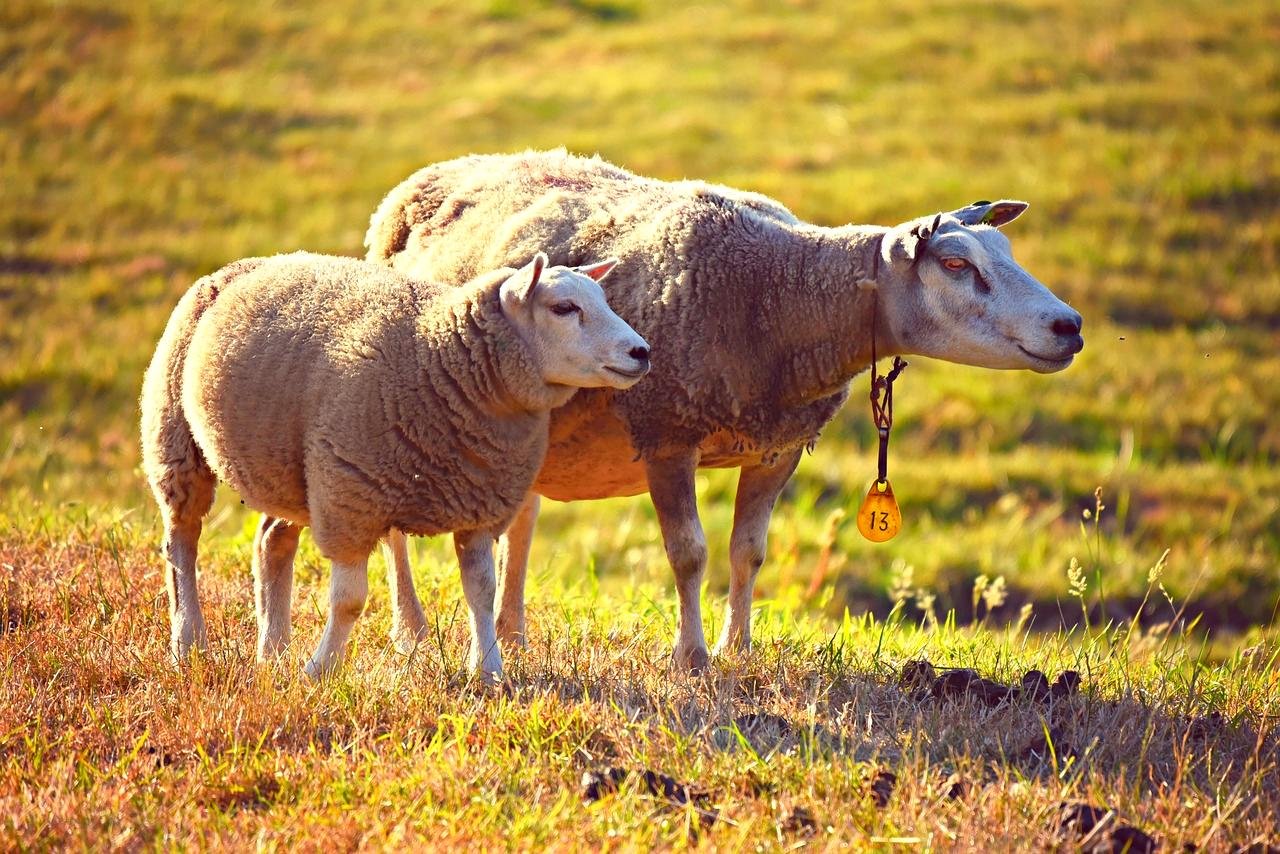
Farmers bear the brunt of human-wolf conflicts, especially when livestock falls prey to these creatures’ opportunistic hunting strategies. However, proactive measures can mitigate these losses. Strategies such as deploying electrified fences, introducing guard dogs, and housing livestock indoors at night have proven effective. In particular, Germany’s emphasis on these methods has led to a harmonious balance where humans and wolves stand to benefit. Helping farmers adopt these measures ensures that wolves are not punished unjustly for striving to survive.
Conservation Efforts and Their Impact
Remarkable advancements in conservation have enabled the resurgence of the wolf population worldwide. The EU’s Habitats Directive is a clear example, prioritizing the protection of wolves and facilitating their steady comeback. Yet, as numbers rebound, the friction between conservationists and rural communities intensifies, mainly around the topic of livestock losses. Negotiating a balance that recognizes both the ecological contributions of wolves as well as the concerns of communities is a complex endeavor, demanding collaboration and open discourse.
The Future of Human-Wolf Coexistence
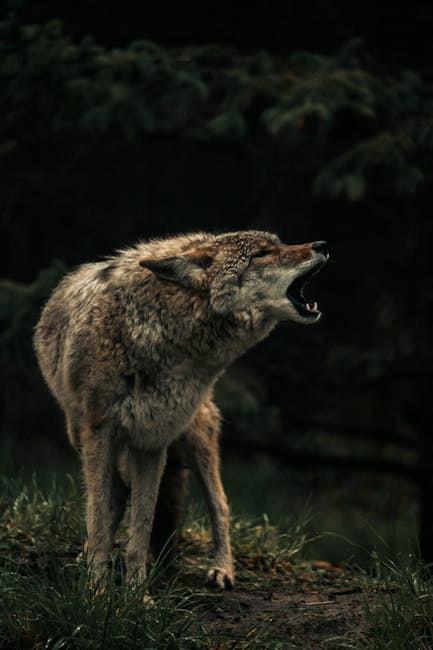
The road towards coexisting with wolves is paved with learning and adaptation. Educating the public on the real nature of wolves helps dispel deep-rooted fears and misconceptions. In tandem with legislative support and cooperation among diverse stakeholders, we move towards strategies that protect both predator and prey. In embracing coexistence, we are reminded that these creatures belong here as much as we do. By recognizing their ecological significance, we share this planet with the understanding that there is space for all life to thrive.
